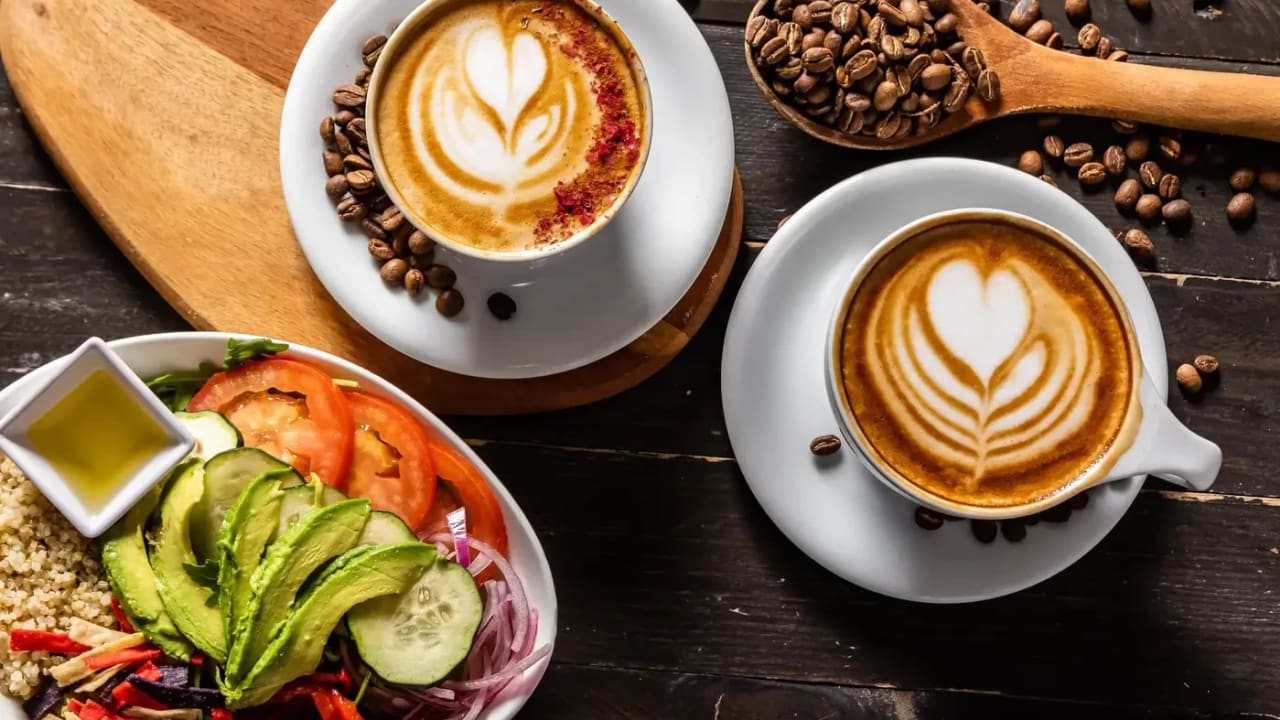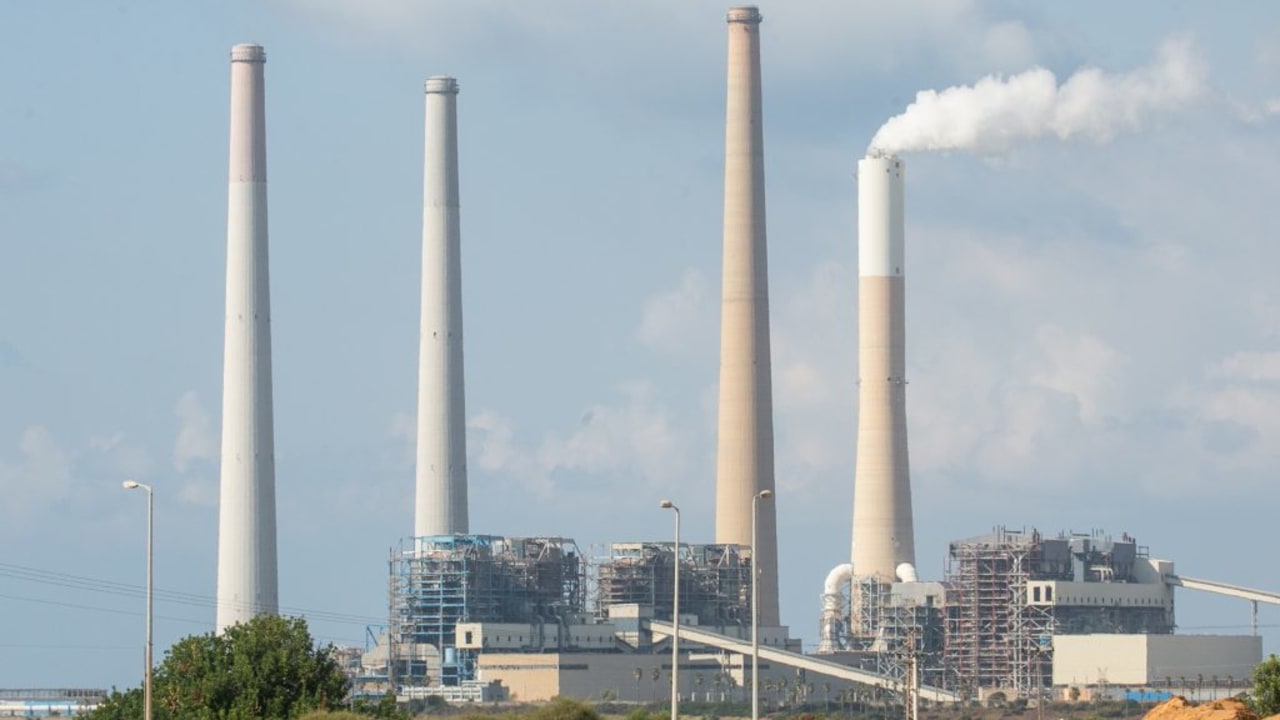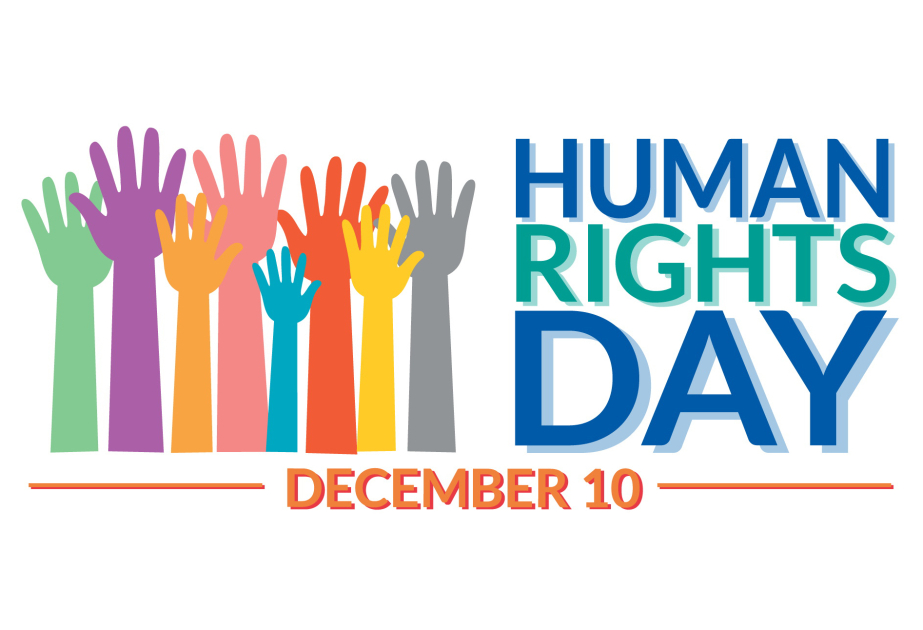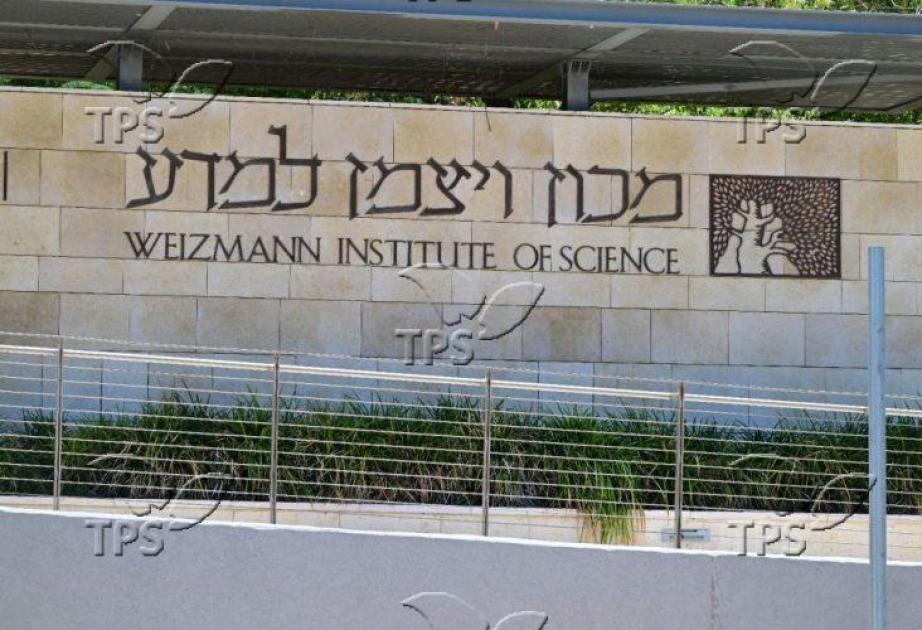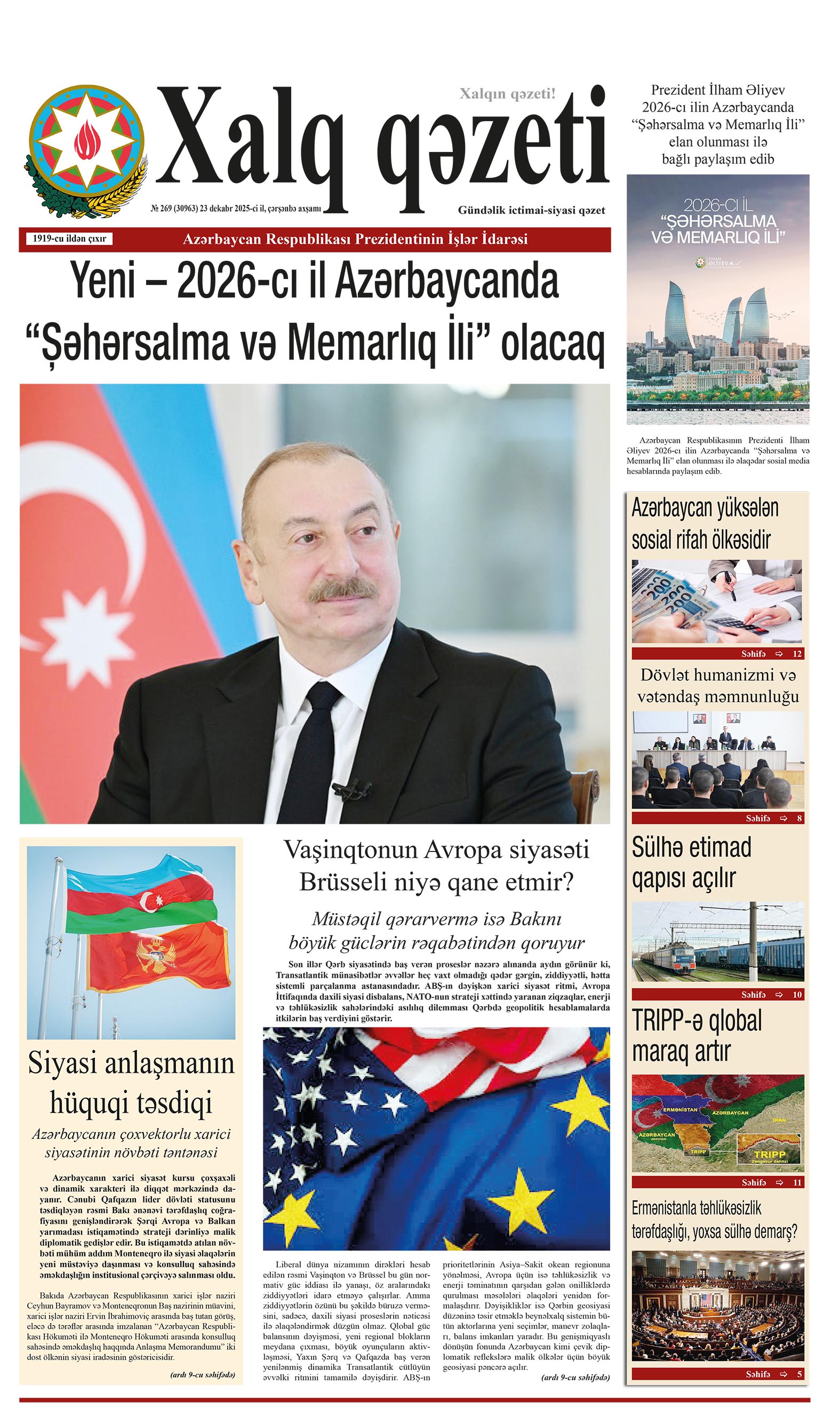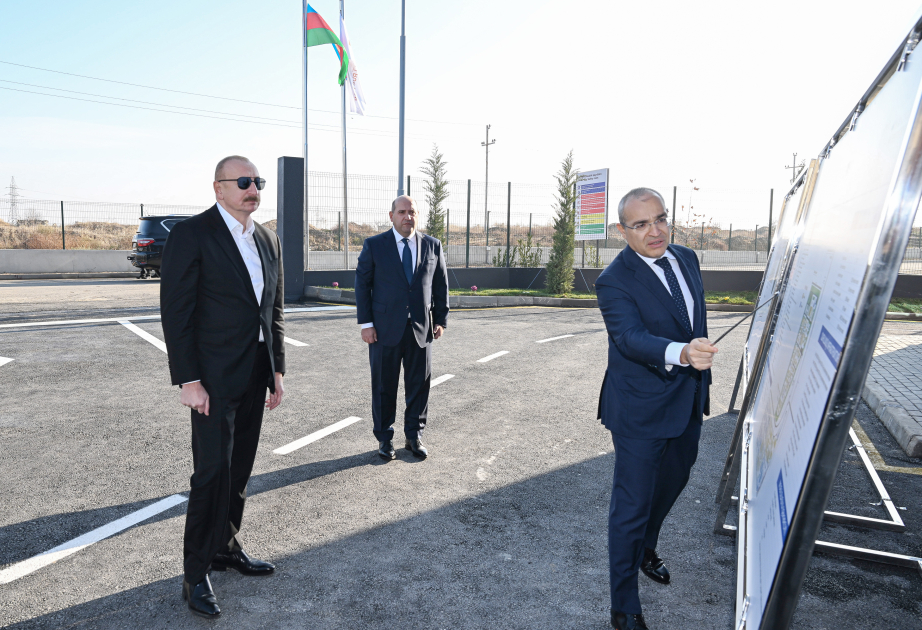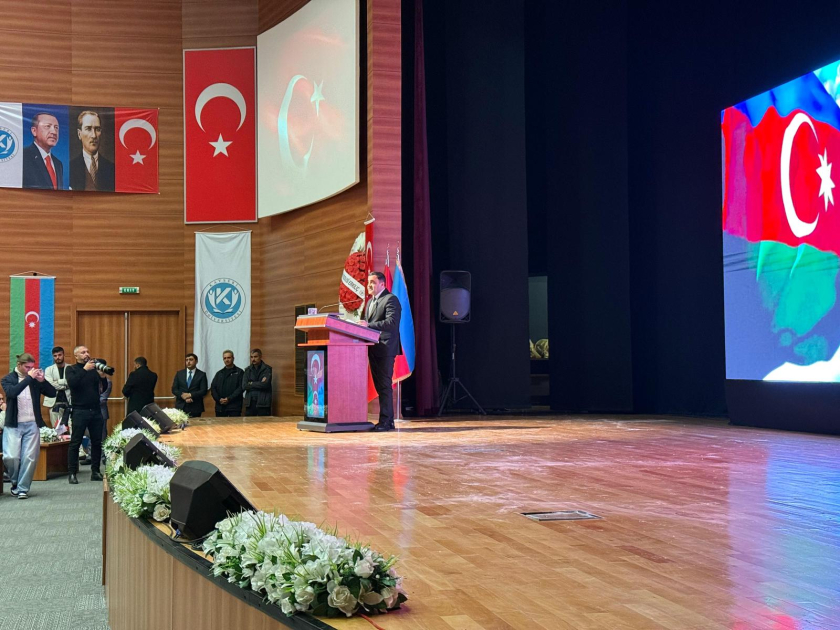Hundreds of electrical vehicles are waiting for custom clearance at the dry port of Horgos (or Khorgos), a small city in China’s Xinjiang Autonomous Region bordering Kazakhstan, according to the Astana Times. The EVs will be exported to central Asian countries, or maybe to even farther places. On the other side of the border, Astana is preparing once again to host the Shanghai Cooperation Organization (SCO) Summit on July 3-4.
With a population nearing one million, Kazakhstan’s capital will roll out the red carpet for leaders of SCO member states, observer countries, and dialogue partners. It is expected to be a significant event with far-reaching implications for regional and global affairs.
Economic cooperation is likely to be high on the agenda in Astana. The summit is expected to produce initiatives aimed at reducing trade barriers, harmonizing regulations, and promoting investment across member states. The Belt and Road Initiative (BRI) will likely be highlighted as a crucial framework for enhancing connectivity and economic ties.
As the “birthplace” of the BRI, Kazakhstan was among the first Central Asian countries to sign up to the infrastructure project after it was launched in 2013. Goods from Central Asia can be seen in the shops and markets throughout the border city of Horgos. Trade has benefited from the complementary policies introduced by SCO member states.
“Without the healthy development of Kazakhstan and Central Asian states, there would be no success for the Belt and Road Initiative,” said Dr. Xu Wenhong, a researcher at the Institute of Russian, East European and Central Asian Studies at the Chinese Academy of Social Sciences.
The summit comes at an important time as the SCO seeks to expand its influence and address pressing regional and global issues. Established in 2001, it is a Eurasian political, economic and security alliance that initially included China, Russia, Kazakhstan, Kyrgyzstan, Tajikistan and Uzbekistan in its membership. Interestingly, the first major expansion of the organization also took place at the Astana Summit in 2017, when India and Pakistan became full members. Last year, Iran become the ninth member of the regional bloc. Fourteen other countries hold dialogue partner status.
The SCO member states cover half of the world’s population and almost a third of global GDP. By incorporating major regional powers such as India and Pakistan, and now Iran, the SCO brings together a wide range of interests and perspectives. This diversity helps to balance the influence of any single country and supports a more equitable distribution of power on the global stage. Significantly, the 2024 summit is expected to see new expansion with Belarus set to join as the SCO’s tenth member. This would further diversify the SCO’s geopolitical composition and enhance its strategic depth.
Other anticipated outcomes include enhanced security cooperation, advances in technological and digital innovation, new initiatives on climate change and sustainable development, as well as strengthened cultural and educational exchanges. Successfully navigating these areas would position the SCO as a more influential and cohesive organization, capable of addressing the complex challenges and opportunities of the 21st century.


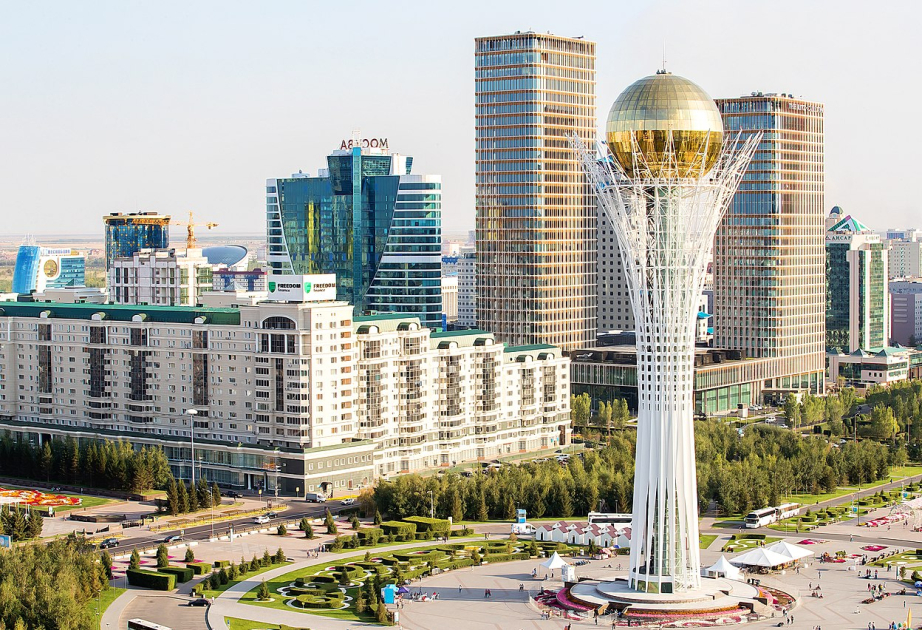
.webp)
